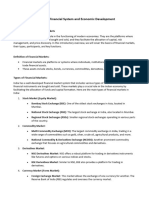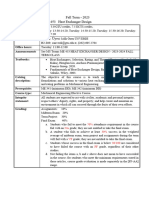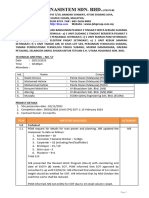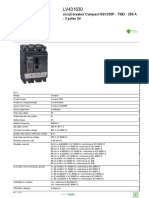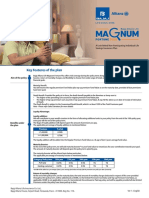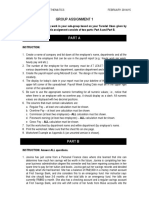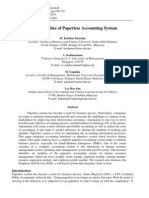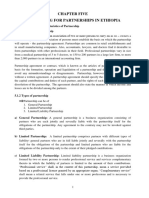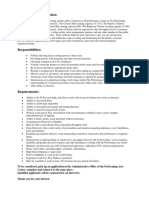0% found this document useful (0 votes)
6 views9 pagesProject Report On STX
The document provides an overview of the Indian stock market, detailing its structure, regulatory framework, and key players, including stock exchanges, financial intermediaries, and depositories. It highlights recent amendments and technological advancements, such as the introduction of T+1 settlement and digital trading platforms, which have enhanced market efficiency and accessibility. Additionally, it discusses the evolution of settlement processes and the impact of macroeconomic factors on stock prices.
Uploaded by
palakpaneer920Copyright
© © All Rights Reserved
We take content rights seriously. If you suspect this is your content, claim it here.
Available Formats
Download as DOCX, PDF, TXT or read online on Scribd
0% found this document useful (0 votes)
6 views9 pagesProject Report On STX
The document provides an overview of the Indian stock market, detailing its structure, regulatory framework, and key players, including stock exchanges, financial intermediaries, and depositories. It highlights recent amendments and technological advancements, such as the introduction of T+1 settlement and digital trading platforms, which have enhanced market efficiency and accessibility. Additionally, it discusses the evolution of settlement processes and the impact of macroeconomic factors on stock prices.
Uploaded by
palakpaneer920Copyright
© © All Rights Reserved
We take content rights seriously. If you suspect this is your content, claim it here.
Available Formats
Download as DOCX, PDF, TXT or read online on Scribd
/ 9






















